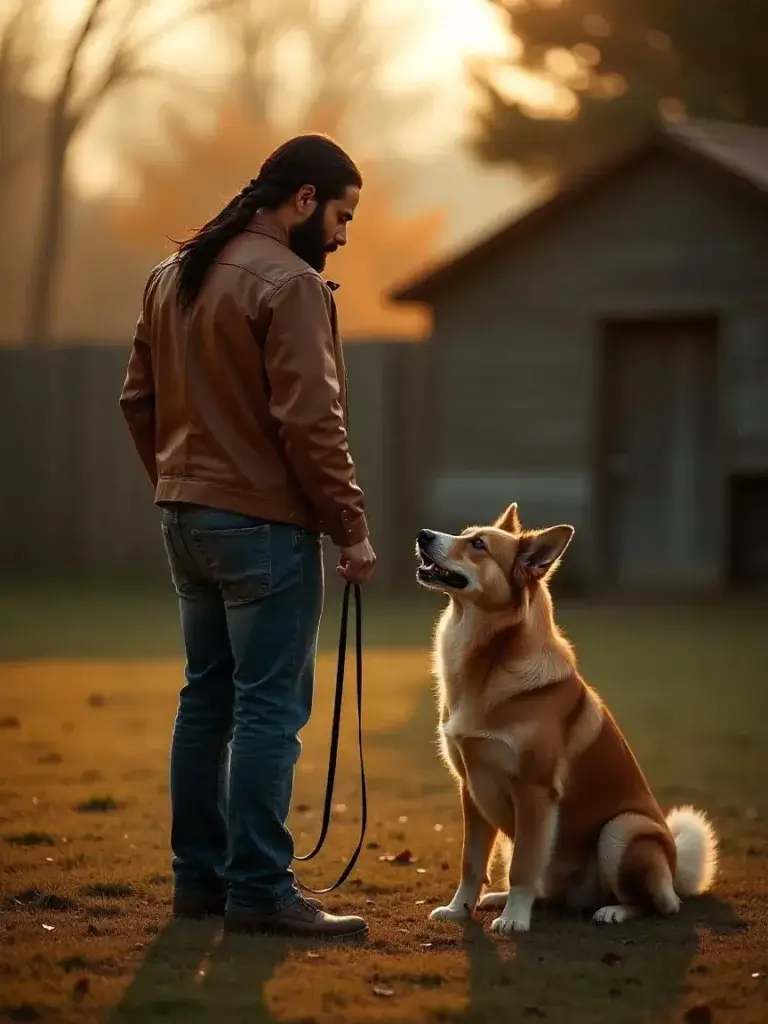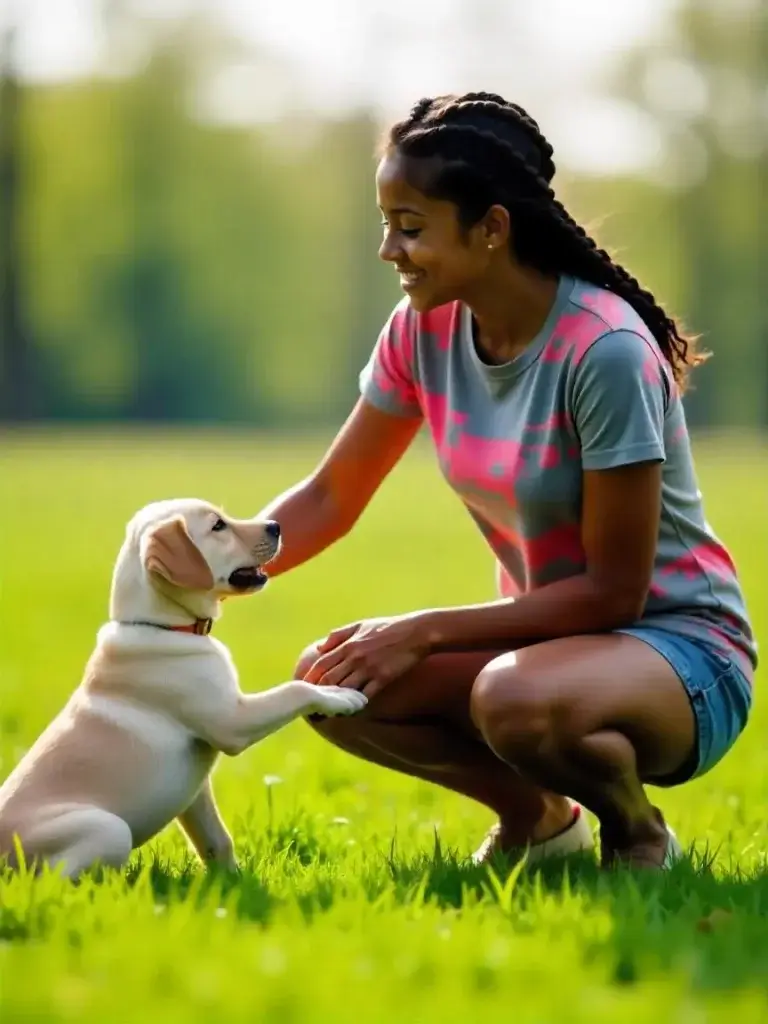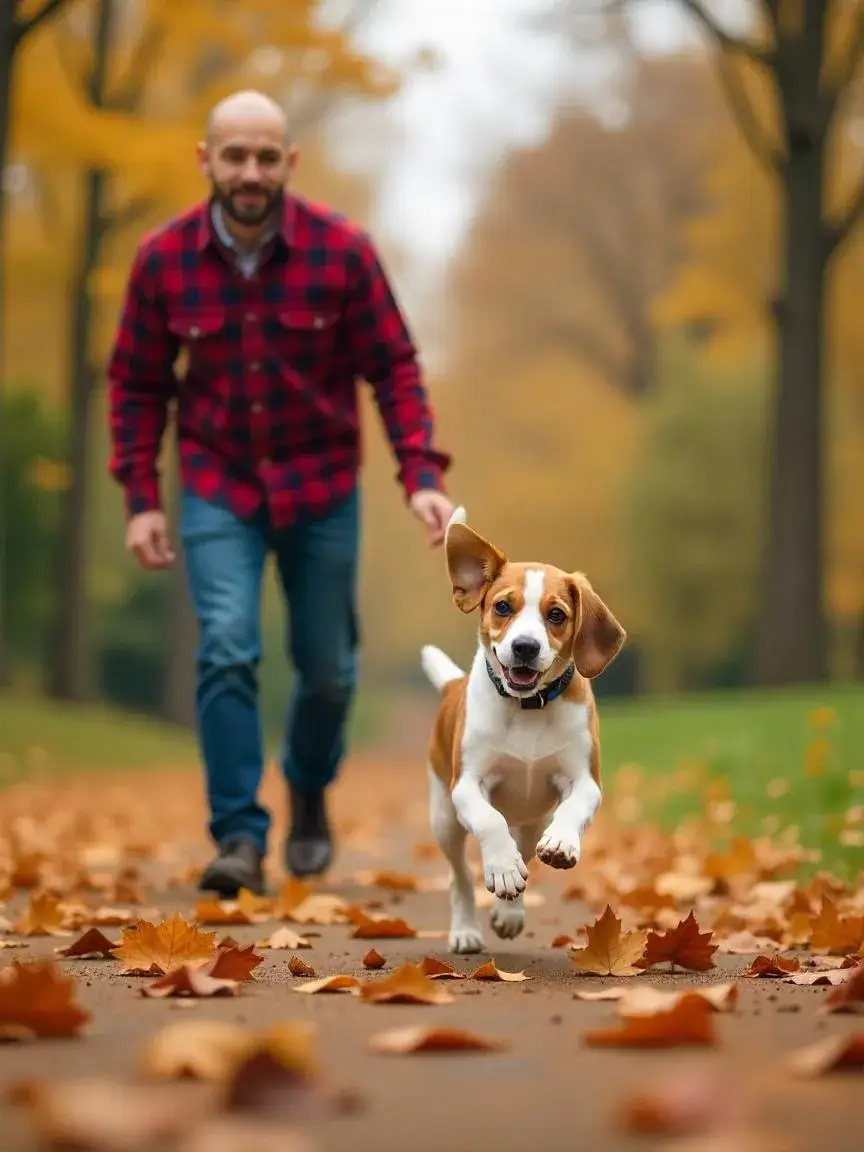Training your dog to come when called is not only an essential safety measure but a valuable bonding experience between you and your furry friend. A strong recall command ensures your pet’s safety during walks, outdoor adventures, or in a busy household. In this detailed guide, we cover every aspect of recall training—from understanding your dog’s behavior to using positive reinforcement techniques. Whether you’re starting with a puppy or working with a senior dog, these expert strategies will help you achieve a reliable recall every time.
Why Recall Training is Essential
The Importance of a Reliable Recall
A reliable recall is a cornerstone of dog training. Here are a few reasons why it matters:
- Safety: Prevent your dog from running into dangerous situations.
- Freedom: Allow your dog to enjoy off-leash adventures with confidence.
- Bonding: Strengthen the trust and understanding between you and your dog.
- Control: Maintain control over your pet in varying environments.
Benefits Beyond Obedience
Training your dog to come when called has benefits that extend far beyond basic obedience:
- Increased Confidence: Your dog learns to associate coming to you with positive outcomes.
- Socialization: It helps your pet become more comfortable around people and other dogs.
- Emergency Preparedness: A strong recall can make all the difference in an emergency scenario.
- Long-term Behavior: Consistent recall training reduces problematic behaviors and supports further training endeavors.
Understanding Your Dog’s Behavior
Recognizing Natural Instincts
Dogs are naturally curious and tend to explore their surroundings. Their instinctual desire to investigate means that training must be both patient and consistent. Recognize that:
- Dogs may sometimes ignore commands if they are distracted by other stimuli.
- Every dog has a unique personality, and training methods may need adjustments.
Assessing Your Dog’s Motivation
Understanding what motivates your dog is key to effective training. Some common motivators include:
- Treats: Delicious rewards can be used as an incentive.
- Praise: Verbal encouragement and petting reinforce positive behavior.
- Toys: High-value toys can be more engaging than regular treats.
Setting the Stage for Successful Training
Creating a Positive Learning Environment
A successful recall training session starts with a calm, distraction-free environment. This helps your dog focus on the task at hand.
- Quiet Room or Enclosed Area: Begin in a quiet, familiar space.
- Minimize Distractions: Remove toys or other animals that may divert your dog’s attention.
- Comfortable Space: Ensure the area is comfortable so your dog feels safe.
Preparing the Right Equipment
Consider using tools and methods that support positive reinforcement:
- Leash and Collar/Harness: For initial training, use a leash to guide your dog safely.
- Clicker Training: A clicker can mark the desired behavior instantly.
- Treat Pouch: Keep tasty treats readily available to reward every successful recall.
How to Train Your Dog to Come When Called
Step-by-Step Recall Training Techniques
Starting with the Basics

- Establish a Cue:
Choose a clear, simple word like “come” that your dog will recognize. Consistency is key, so use the same word every time. - Short Distance Practice:
Start close—within a few feet—and say the cue. Gently pull your dog or guide them if necessary. - Reward Immediately:
As soon as your dog reaches you, reward them with treats, praise, or a favorite toy.
Incorporating Positive Reinforcement
Using Treats and Praise
- Offer high-value treats that your dog finds irresistible.
- Use enthusiastic, upbeat praise to reinforce the good behavior.
- Repeat the exercise multiple times, gradually increasing the distance.
Gradually Increasing Distractions
- Introduce Mild Distractions: Start with background noises or having another person in the room.
- Add Complexity: As your dog masters basic recall, practice in more distracting environments such as a quiet park.
- Frequent Reminders: Always use your recall cue, even when distractions are present, to reinforce the habit.
Troubleshooting Common Challenges

Understanding When Things Don’t Go as Planned
Even with the best techniques, some challenges may arise during recall training. Here’s how to address common issues:
Avoiding Negative Reinforcement
- Don’t Punish: Refrain from punishing your dog if they delay coming to you. Punishment can create fear and mistrust.
- Stay Calm: A calm, composed approach will help your dog understand that coming to you is always a positive experience.
Adjusting to Your Dog’s Pace
- Patience is Key: Every dog learns at their own pace, and setbacks are a normal part of the process.
- Tailor the Training: Adapt the session length and difficulty based on your dog’s energy level and attention span.
Advanced Techniques for a Strong Recall

Incorporating Real-Life Scenarios
Practicing in Various Environments
- Local Parks: Once your dog masters recall in controlled environments, gradually practice in busier, outdoor settings.
- Family Gatherings: Use real-life situations where distractions are high to solidify the recall in all contexts.
- Off-Leash Areas: Transition to off-leash training only when your dog is consistently responsive indoors.
Reinforcing the Behavior Over Time
- Frequent Practice: Regular short sessions are more effective than sporadic longer ones.
- Mix It Up: Change the training location to keep your dog engaged and alert.
- Continuous Rewards: Even after your dog is reliably responding, intermittent rewards can help maintain the behavior.
Common Mistakes to Avoid
Over-Reliance on Treats
While treats are invaluable for initial training, over-reliance on them can diminish their effectiveness over time. Transition to a mix of praise and toys as rewards.
Inconsistent Commands
Avoid changing the recall word or using multiple commands, which can confuse your dog. Stick to one consistent cue for better results.
Impatience During Training
Rushing the process or expecting immediate results can lead to stress for both you and your dog. Remember that consistency and positive reinforcement are keys to success.
Long-Term Success and Maintenance
Keeping the Recall Reliable
Even after your dog becomes proficient, it’s important to regularly practice recall exercises to maintain a high level of obedience. Consider the following:
- Scheduled Refresher Sessions: Incorporate recall training into your daily routine.
- Surprise Drills: Occasionally call your dog unexpectedly to ensure they remain responsive.
- Positive Reinforcement: Continue using praise and rewards, even if your dog has mastered the command.
Celebrating Your Successes
Training milestones are achievements worth celebrating. Acknowledge both your dog’s progress and your own efforts. Share your success stories with fellow dog lovers to inspire and support the community.
Conclusion
Training your dog to come when called is a process that requires time, consistency, and plenty of patience. With the right techniques, a positive environment, and a steadfast commitment to reinforcement, you can cultivate a reliable recall that ensures your pet’s safety and enriches your relationship. Embrace the journey and watch your dog transform into a confident and well-behaved companion.
Tags: dog training, dog recall, how to train dog, puppy training, obedience training, pet behavior, dog care


